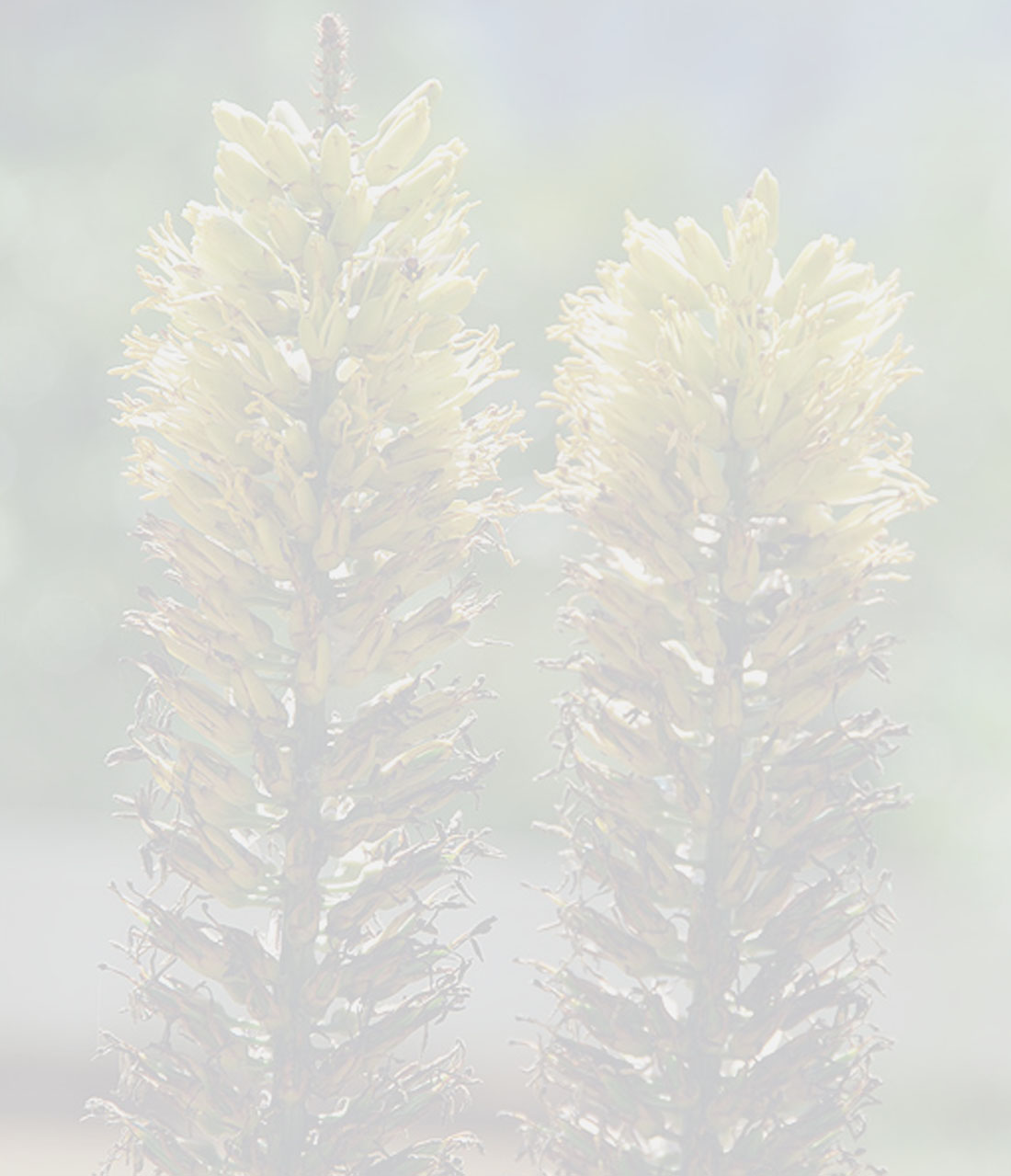
Encholirium pernambucanum L.B.Sm. & Read
Taxonomic Change:
- Treated as a synonym of Encholirium spectabile Mart. ex Schult. & Schult.f. —See Forzza 2001
- Resurrected as a species to its own right —See Siqueira & Leme 2007 p. 314-317
Comments:
- Encholirium pernambucanum shows a clear morphological affinity to E. spectabile. It differs from this species in the basal floral bracts that exceed flower length, the other bracts equaling or exceeding the sepals (vs. shorter than or slightly exceeding the pedicels), 14-15 mm long (vs. 5-7 mm long). The flowers of E. pernambucanum are inconspicuously pedicellate, especially in live specimens, with pedicels 4-5 mm long, while in E. spectabile the pedicels are more conspicuous and longer, that is, 8-9 mm long. Finally, the petals of E. pernambucanum are wider than those of E. spectabile (ca. 9 mm vs. 4-5 mm wide), which gives the corolla a more robust aspect. —See Siqueira & Leme 2006 p. 314-317
- This species is rupicolous or saxicolous on the rocky outcrops that dominate the landscape of Vale do Ipojuca, where we find Brejos de Altitude at Fazenda Bitury, in Brejo da Madre de Deus, Serra do Ororuba, Pesqueira, and in the type locality at Serra do Vento, Belo Jardim, all in Pernambuco. For the scientific comŽmunity, this is a region of extreme biological importance, and it was officially recognized as such by the state and federal governŽments (Pernambuco 2002; M M A 2002). Regional floristic rich-ness is reflected in the numerous species that have been described for a number of different families (Fischer et al., 1999; Andrade et al., 2002; Sales et al., 2006), including bromeliads such as Vriesea limae L. B. Sm. and Dyckia pernambucana. —See Siqueira & Leme 2007 p. 314-317

